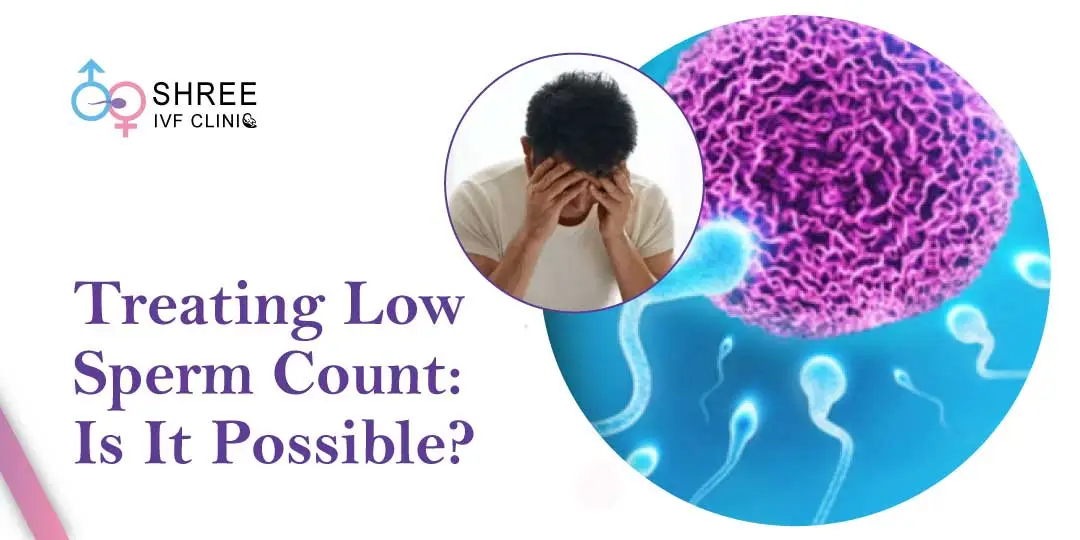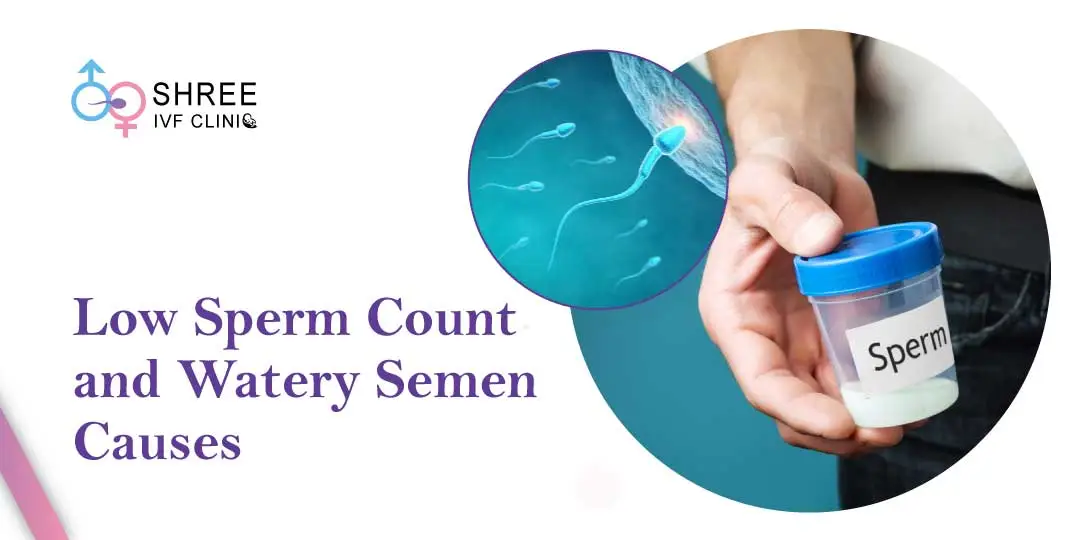Blogs
Chances of getting Pregnant with Endometriosis?
The uterus in the pelvic of the female body consists of a lining, called the endometrium lining which thickens over the menstrual cycle and finally breaks down and sheds blood that passes through the vagina. Sometimes, the endometrium tissue grows outside the uterine lining. This tissue has the same characteristics as the endometrium, which means it will grow, break down and bleed.
What happens if fibroids go untreated?
Fibroids can be solitary or many at the same time. The majority of fibroids begin in the uterus’ muscular wall. Some lesions may form on the surface of the uterus or in the interior cavity as the uterus grows. Hemorrhage, necrosis, calcification, and cystic alterations are among secondary alterations that can occur in fibroids. After menopause, they tend to calcify.
Is Low Sperm Count Treatable?
A low sperm count is an issue related to male infertility that makes it difficult for your partner to get pregnant. You’ll be able to get an erection and will also ejaculate during orgasm but your sperm count will be low during ejaculation, which is less than 15 million sperm/ml. Low sperm count is also referred to as Oligospermia.
Causes of Low Sperm Count and Watery Sperm
Low sperm count means that the semen you’re ejaculating during an orgasm consists of only a few sperms. You may have a low sperm count if you have less than 15 million sperm/ml. This condition is also known as Oligospermia.
Getting Pregnant Low Sperm Motility?
Sperm motility is defined as the capability of sperm to swim efficiently through the female’s reproductive tract for fertilizing an egg. However, to fertilize an egg your sperm should have progressive motility. This will allow your sperm to move at a speed of 25 micrometres per second, through the cervical mucus to fertilize an egg.
What are the causes of Asthenozoospermia?
Asthenozoospermia causes low sperm motility, leading to male infertility. Discover how lifestyle, health, and environmental factors impact your fertility
Difference between Azoospermia and Oligospermia
Oligospermia is an infertility issue among men that results in low sperm count. The other factors related to the sexual health of men in this condition are typical. In this case, you will be able to get an erection and will also ejaculate during orgasm but the sperm count will be low. In order to fertilize the eggs you need to have a healthy sperm count.
What is a good AMH level for IVF?
If you’re having AMH levels between 1.0-4.0 ng/ml, it is considered as a good or normal AMH level to get pregnant. AMH levels below 1.0ng/ml result in low egg count and are an indication of diminishing ovarian reserve.
Low AMH level and Natural Pregnancy
AMH is a hormone that is produced in the female reproductive organs. The follicles in the ovaries produce this hormone, the more eggs you have the higher will be your AMH levels.









